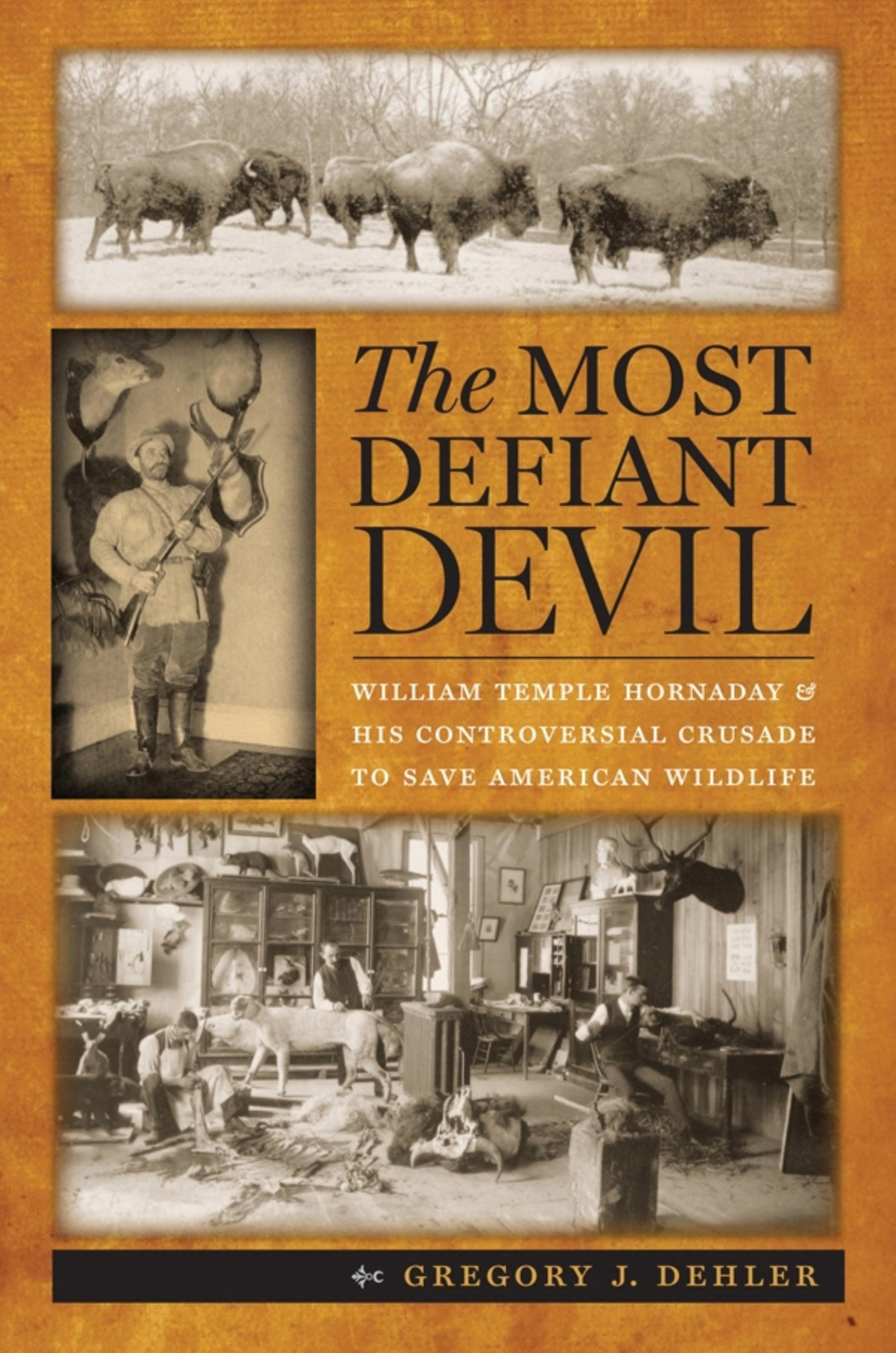

Most ebook files are in PDF format, so you can easily read them using various software such as Foxit Reader or directly on the Google Chrome browser.
Some ebook files are released by publishers in other formats such as .awz, .mobi, .epub, .fb2, etc. You may need to install specific software to read these formats on mobile/PC, such as Calibre.
Please read the tutorial at this link: https://ebookbell.com/faq
We offer FREE conversion to the popular formats you request; however, this may take some time. Therefore, right after payment, please email us, and we will try to provide the service as quickly as possible.
For some exceptional file formats or broken links (if any), please refrain from opening any disputes. Instead, email us first, and we will try to assist within a maximum of 6 hours.
EbookBell Team

4.7
46 reviewsThe late nineteenth and early twentieth century were a brutal time for American wildlife, with many species pushed to the brink of extinction. (Some are endangered to this day.) And yet these decades also saw the dawn of the conservationist movement. Into this contradictory era came William Temple Hornaday, a larger-than-life dynamo who almost uncannily embodies these conflicting threads in our history.
In The Most Defiant Devil, a compelling new biography of this complex figure, Gregory Dehler explores the life of Hornaday the hunter, museum builder, zoologist, author, conservationist, and anti-Bolshevist crusader. A deeply religious man, he was nonetheless anything but peaceful and was racist even by his era’s standards, going so far as to display an Mbuti pygmy as a "living specimen" in a zoo. A passionate hunter, Hornaday killed thousands of animals, including some of the last wild buffalo in America, but he was far ahead of his time in his influential views on the protection of wildlife. Hornaday designed and built the New York Zoological Park (which became the Bronx Zoo) and was chief taxidermist for what would later become the Smithsonian Museum of Natural History.
In this single, fascinating individual, we can discern some of the Progressive Era's most destructive forces and some of its most enlightened visions.